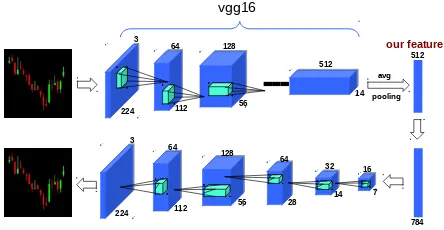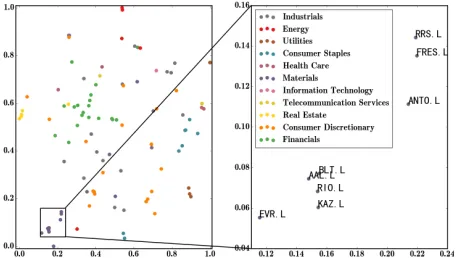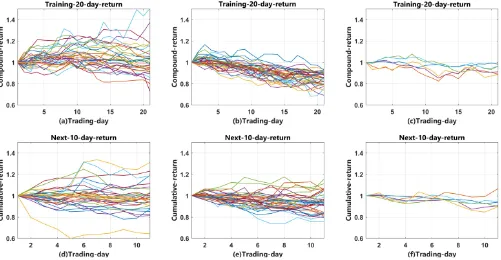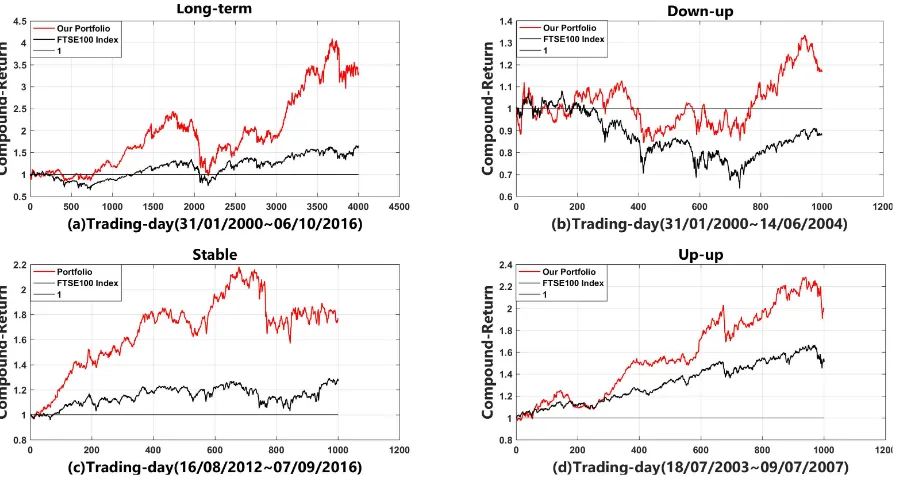Quantitative Finance authors titles recent submissions
Teks penuh
Gambar




Dokumen terkait
On the existence of optimal portfolios for the utility maxi- mization problem in discrete time financial market models. In From stochastic calculus to mathematical finance ,
We work with a parsimonious parametrization of ordered binary choice regression that quite precisely forecasts future conditional probability distributions of returns, using
In Table 1 , the assets were splitted into two groups, (a) containing the mean returns of the 20 assets with the highest and lowest eigenvector cen- trality, and (b) the mean
if a country appears in a large number of dif- ferent communities in the multi-network (and thus is never isolated) then it relies on several different clusters of country-product
If poor agents pay higher tax rates than rich agents, eventually all wealth becomes concentrated in the hands of a single agent.. By contrast, if poor agents are subject to lower
Keywords and phrases: multivariate risk measure, multi-objective risk-averse two-stage stochastic programming, risk-averse scalarization problems, convex Benson algorithm,
(There is also a paper by Cox and Hoeggerl [9] which asks about the possible shapes of the price of an American put, considered as a function of strike, given the prices of
We apply the theory to set up a variance-optimal semi-static hedging strategy for a variance swap in both the Heston and the 3/2-model, the latter of which is a non-affine
